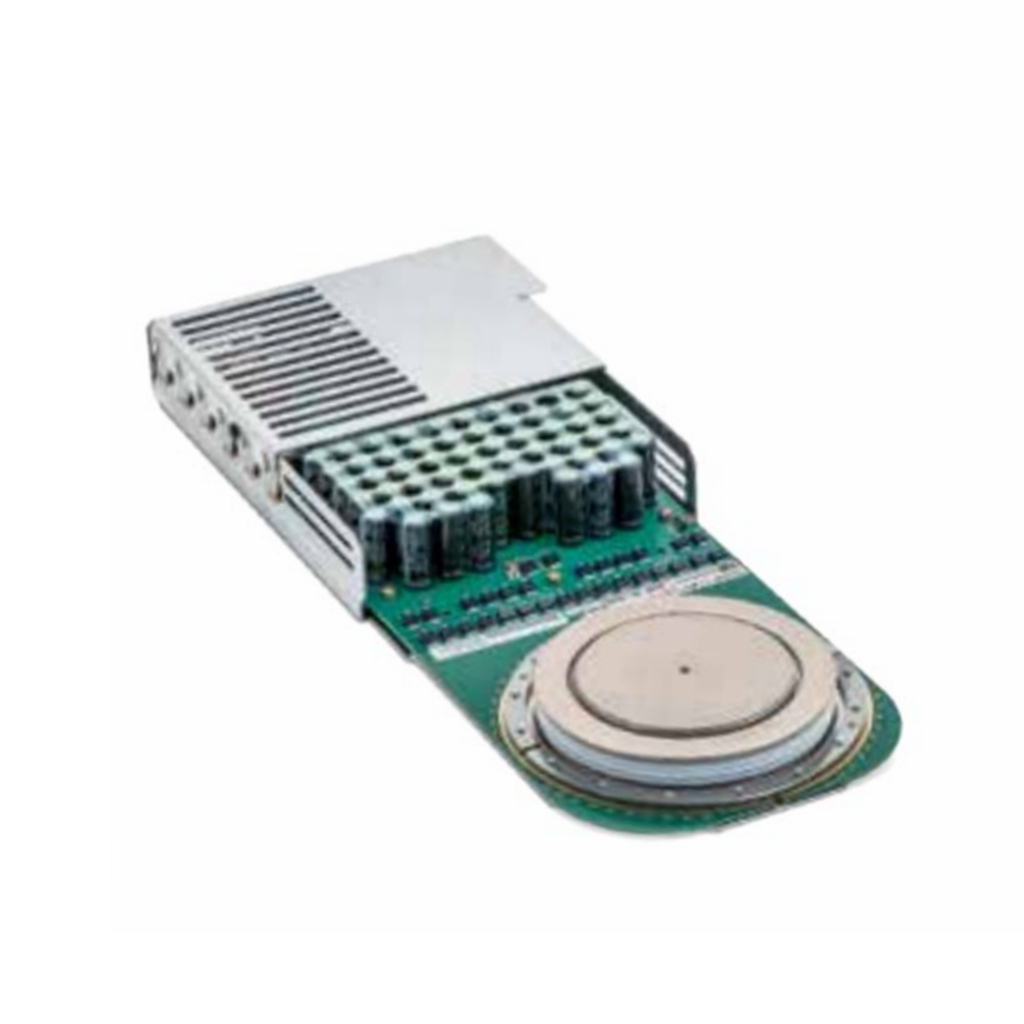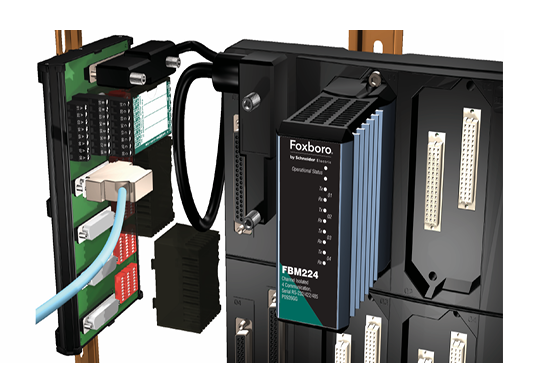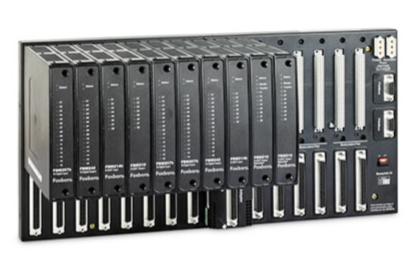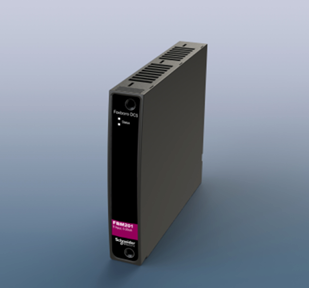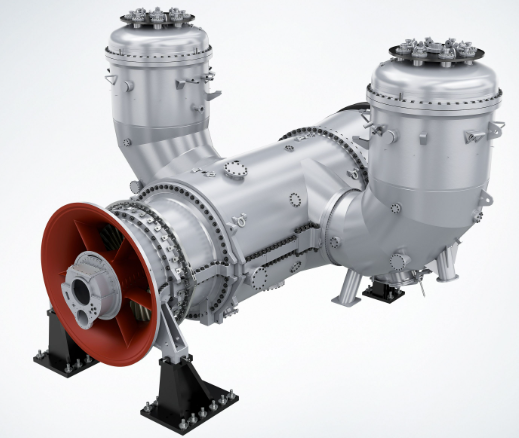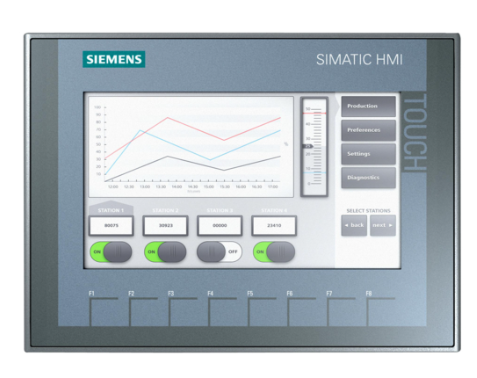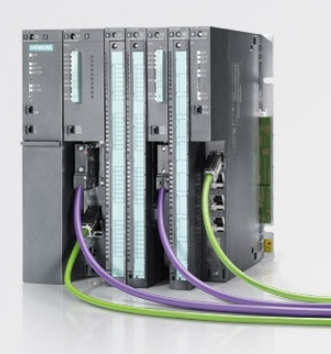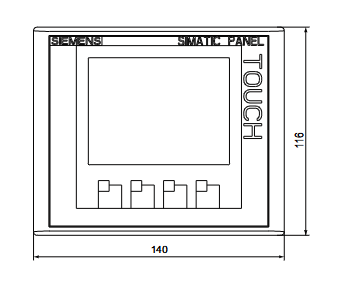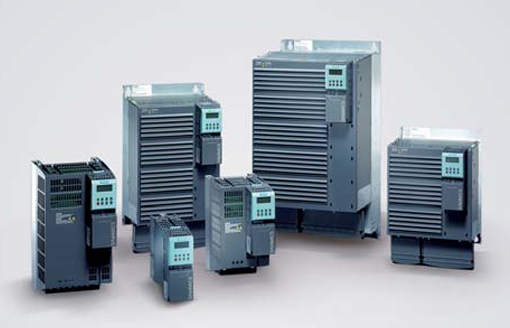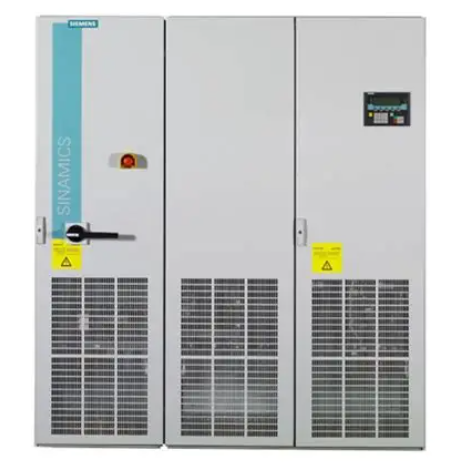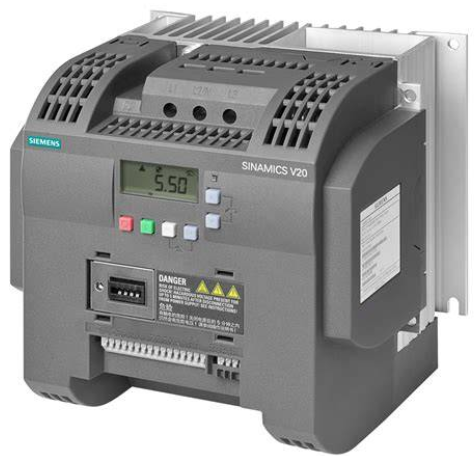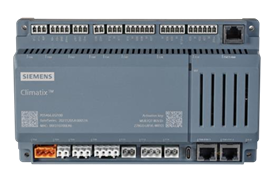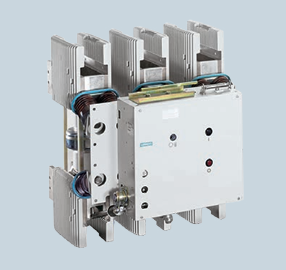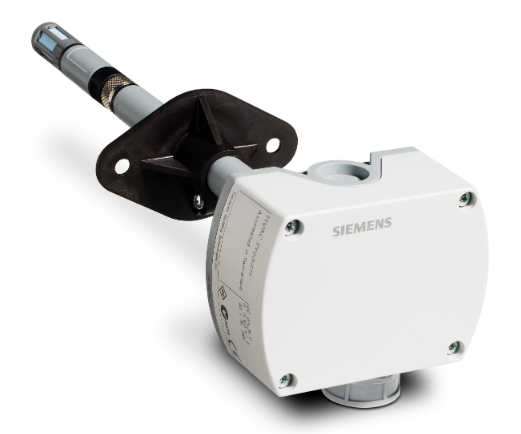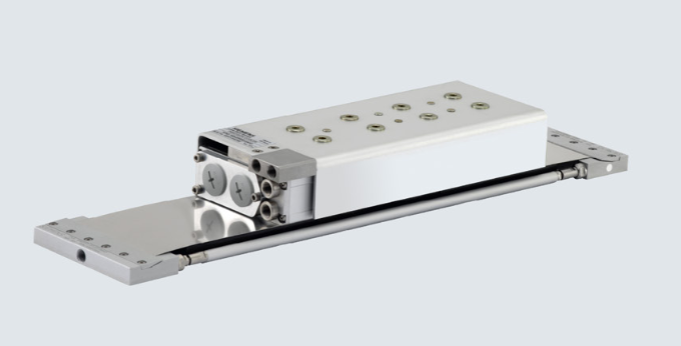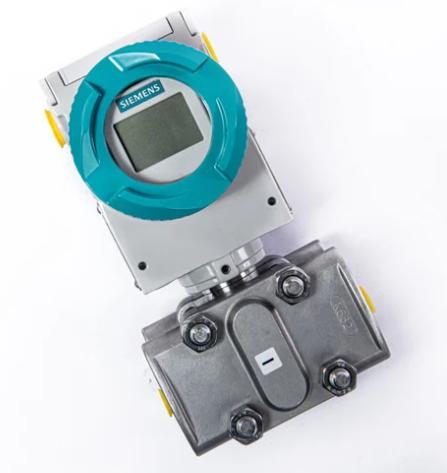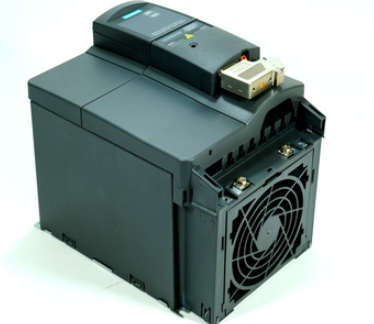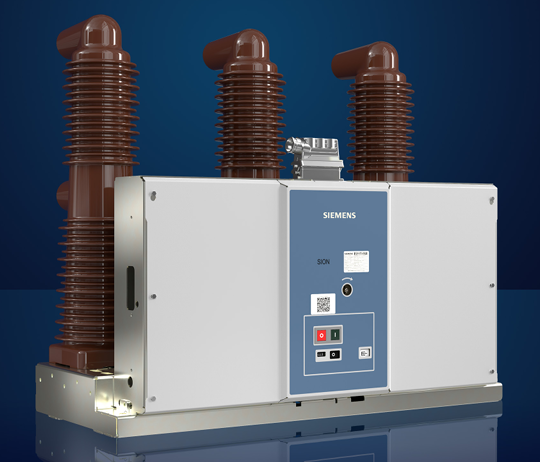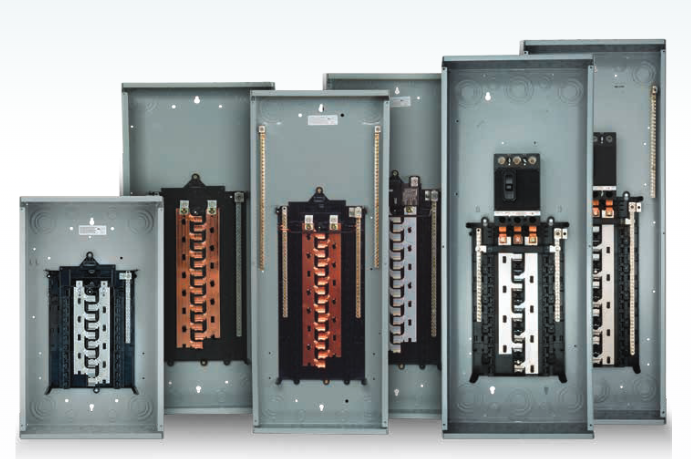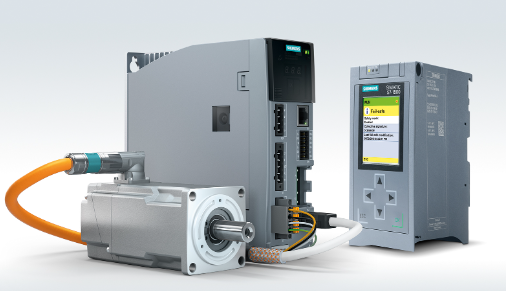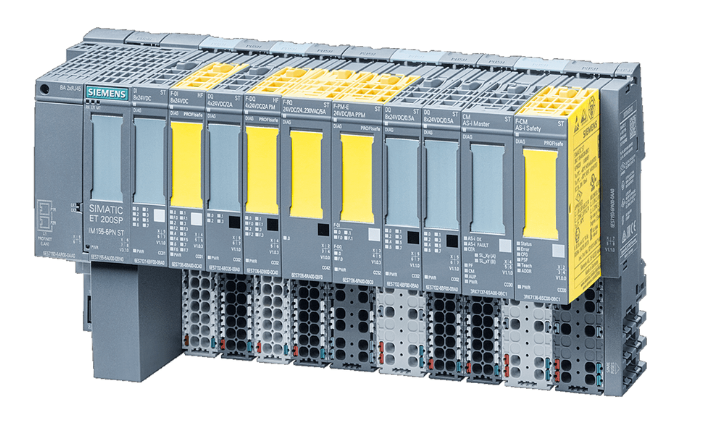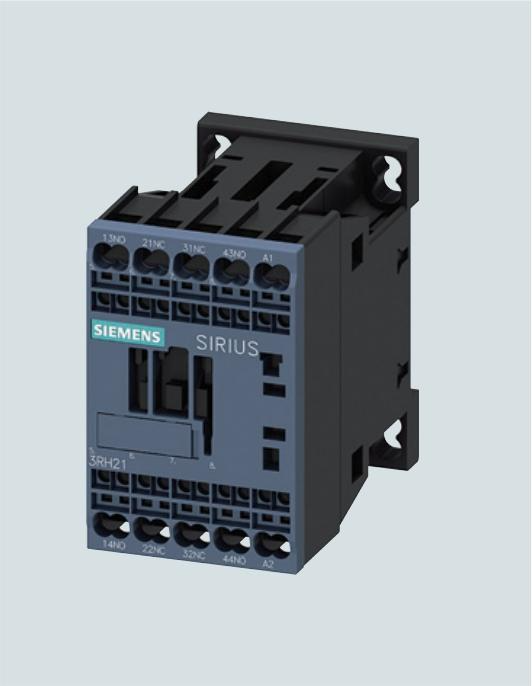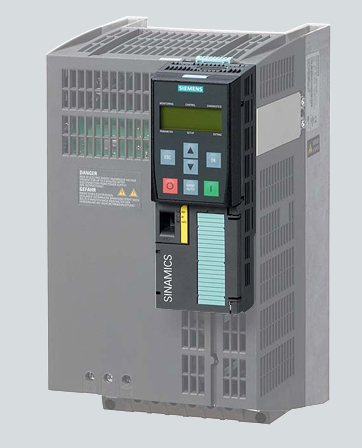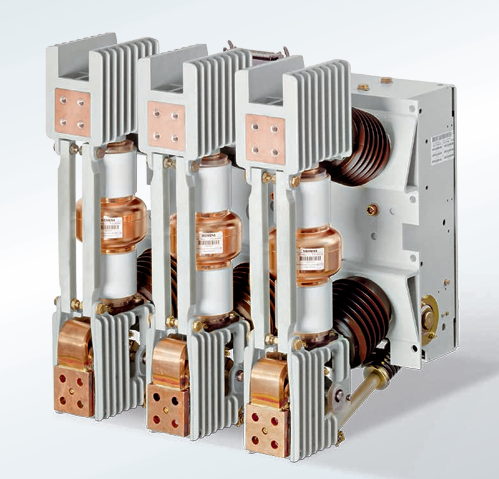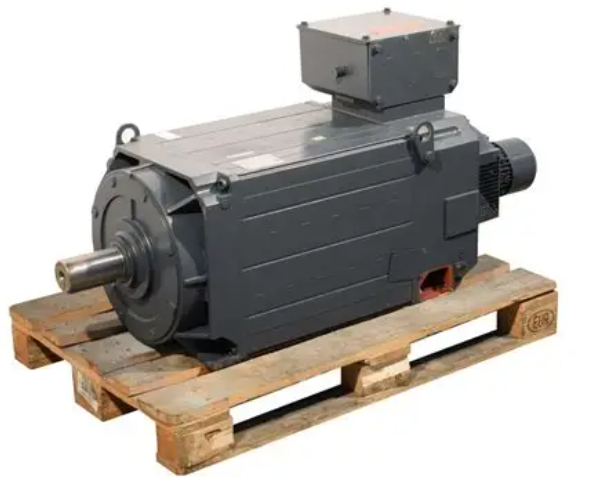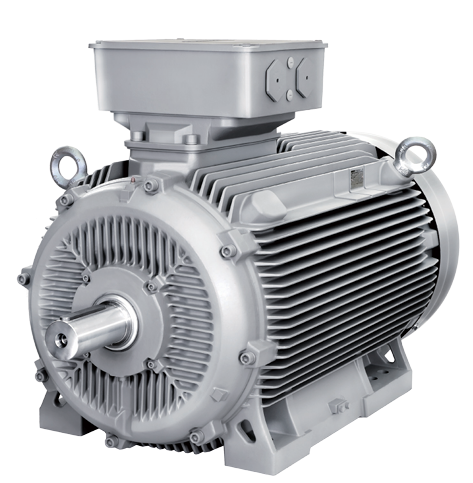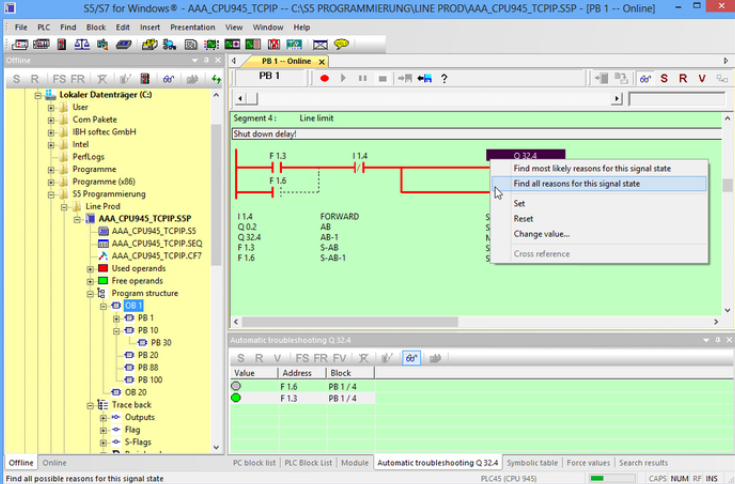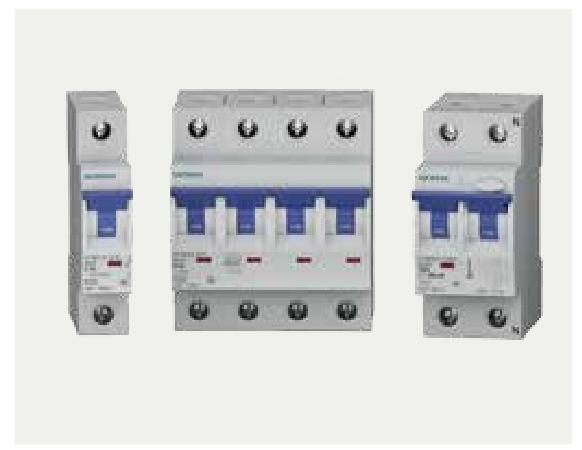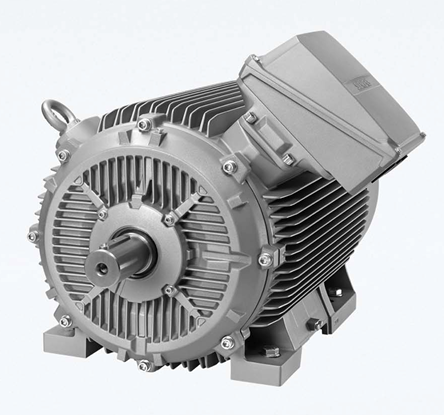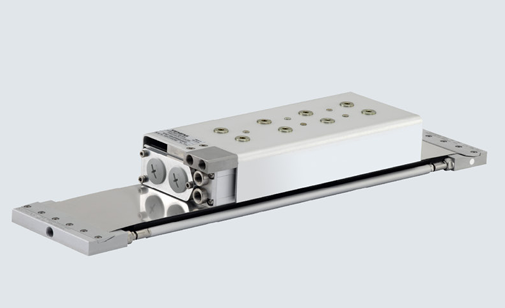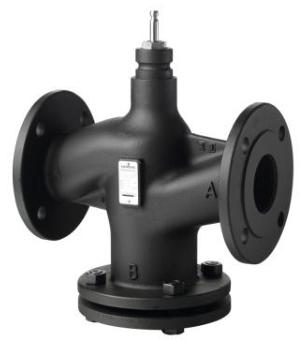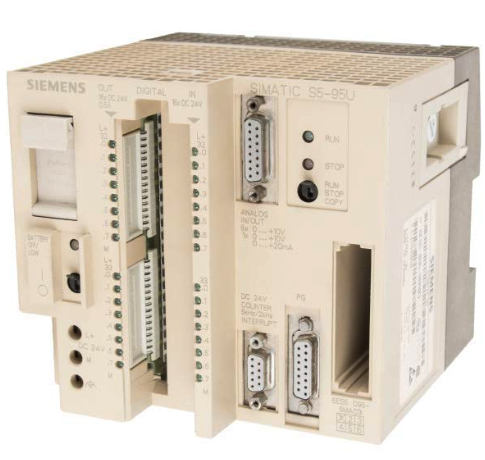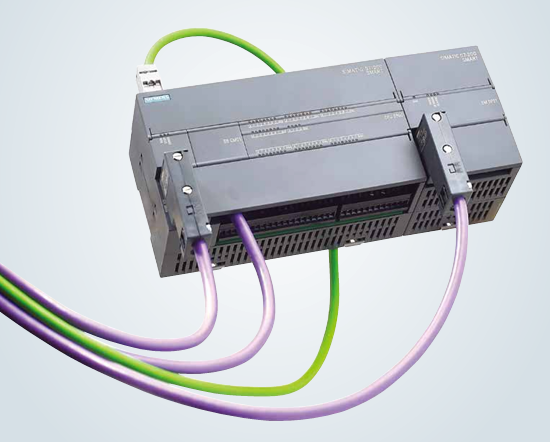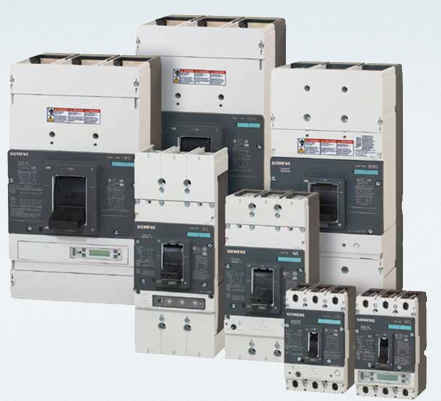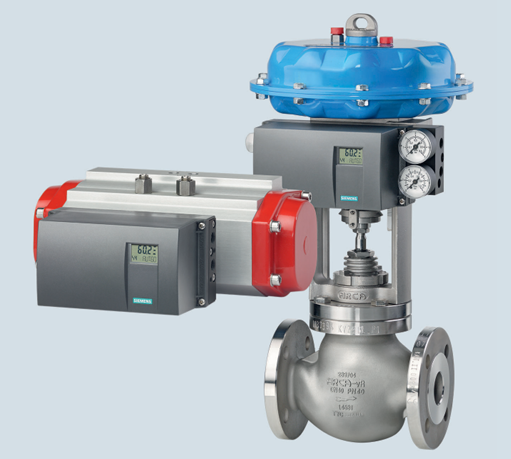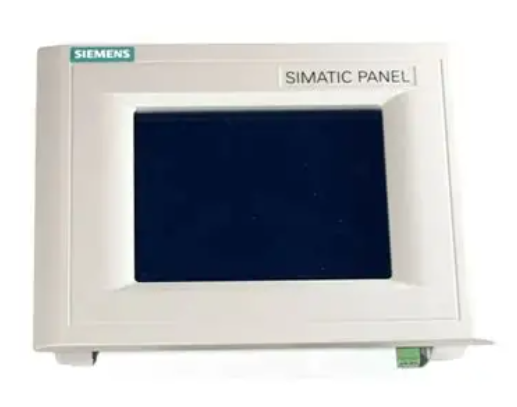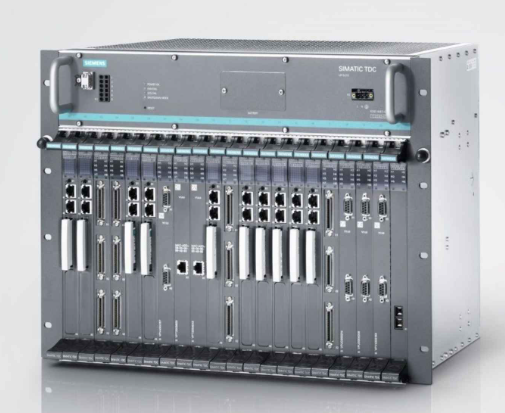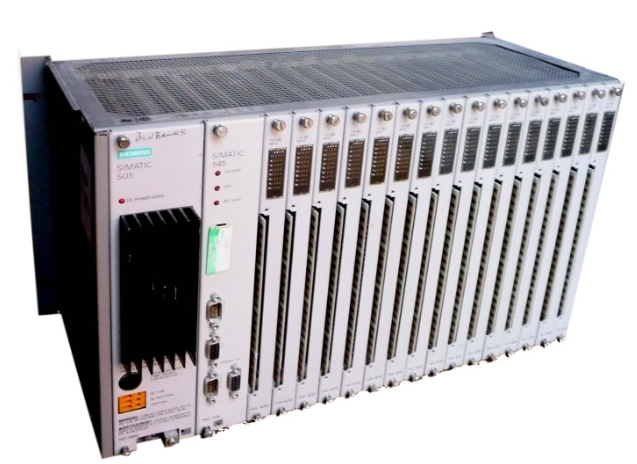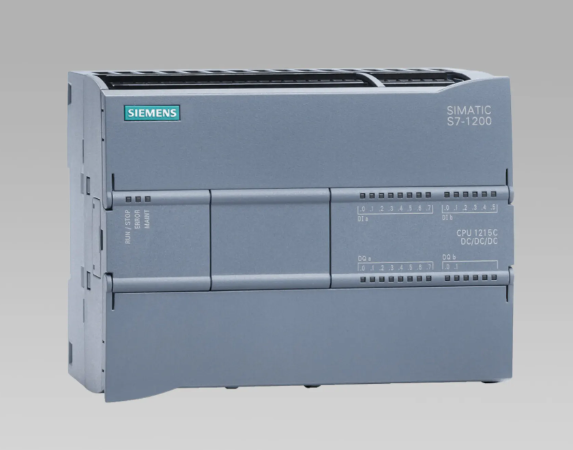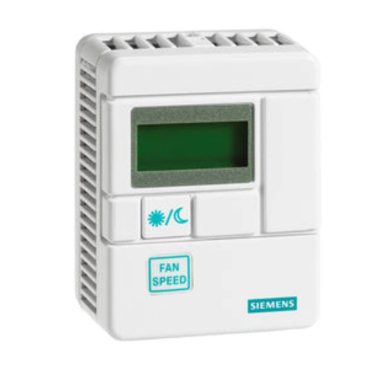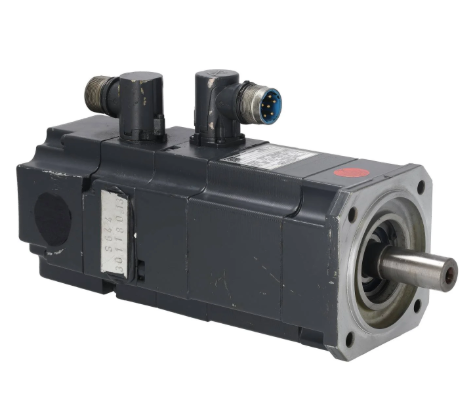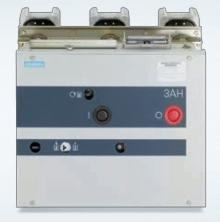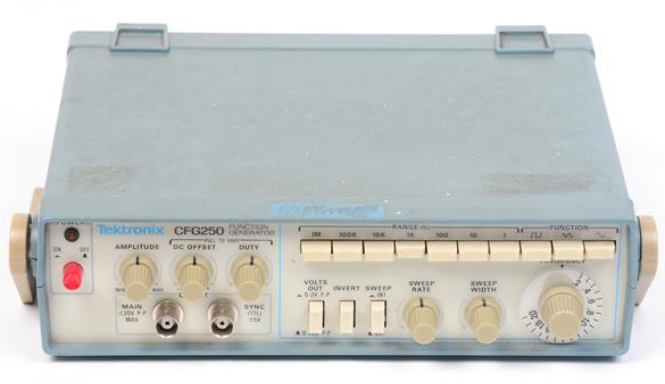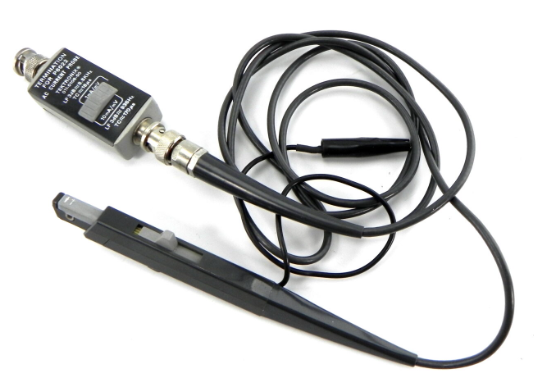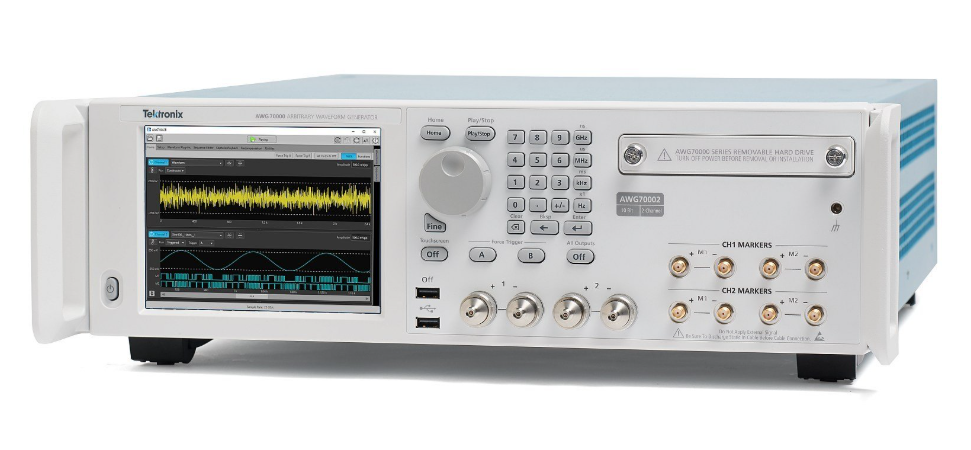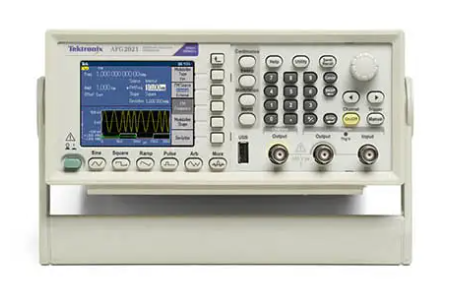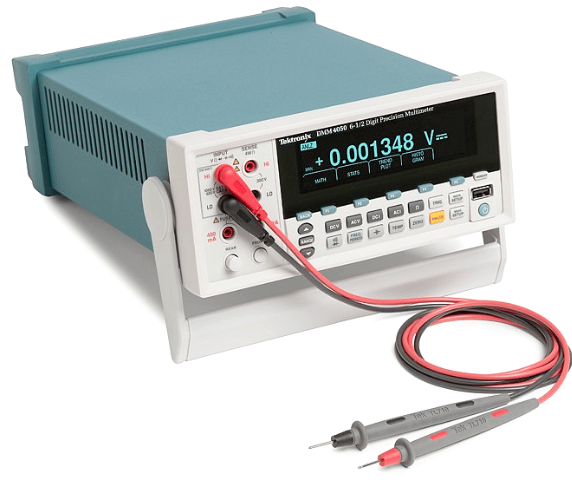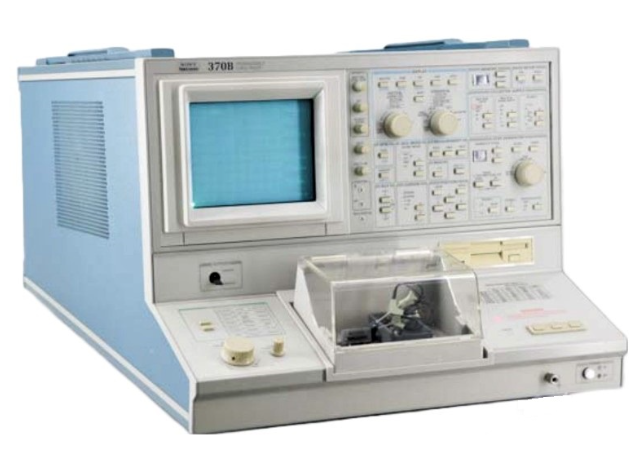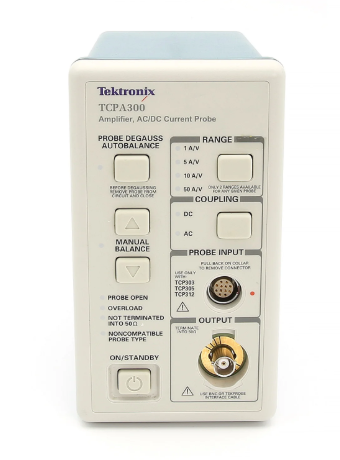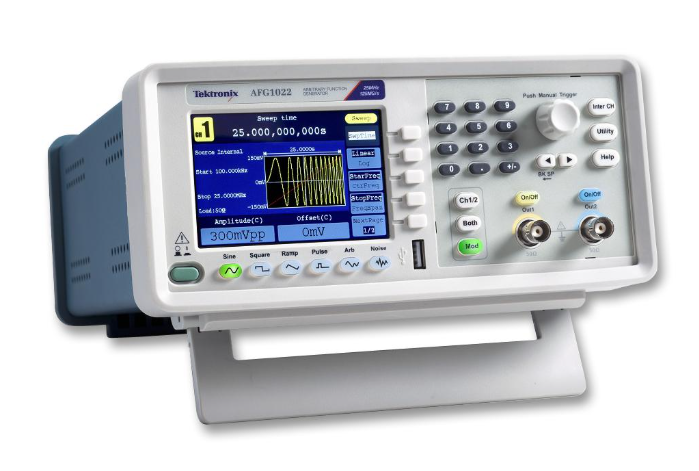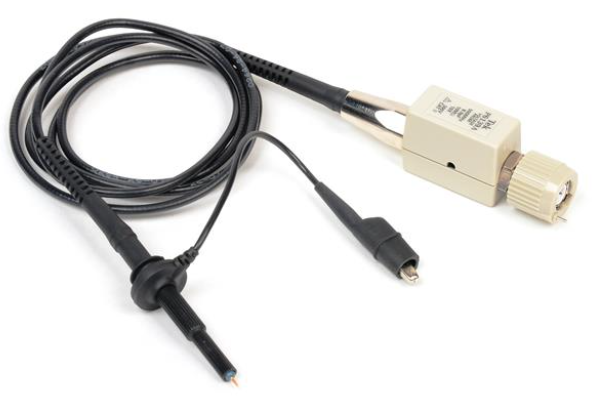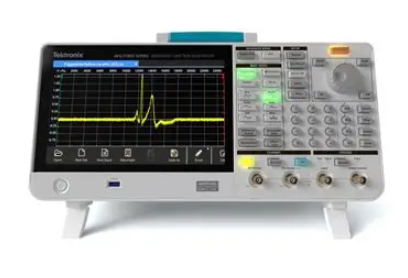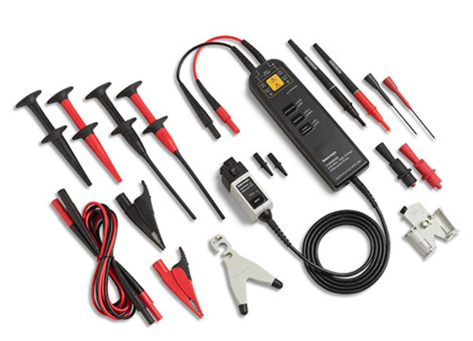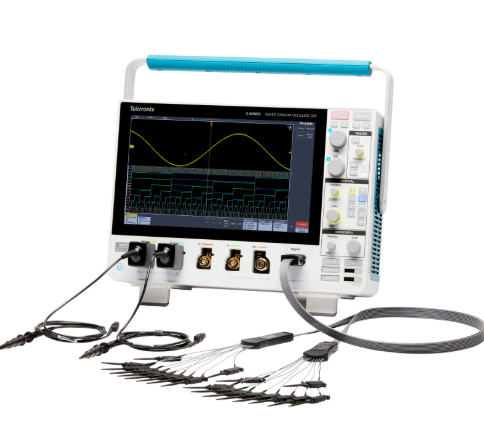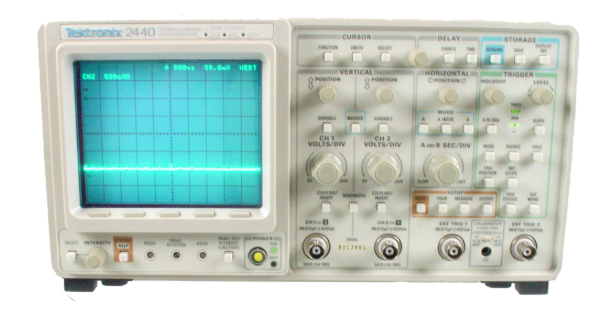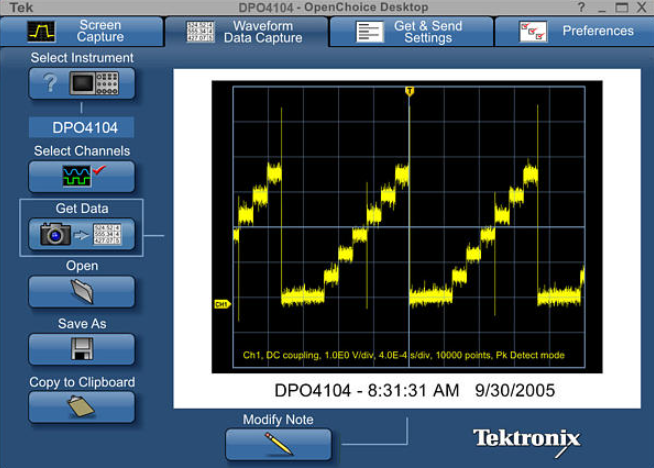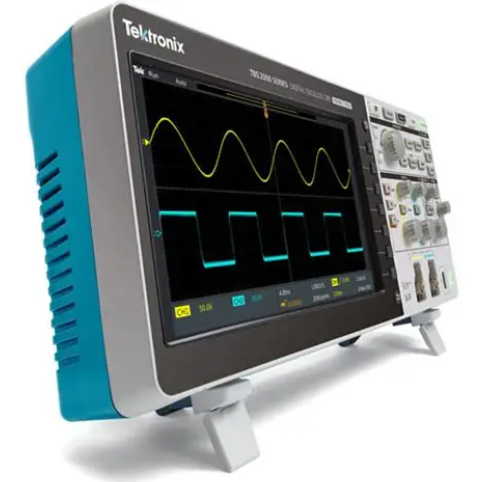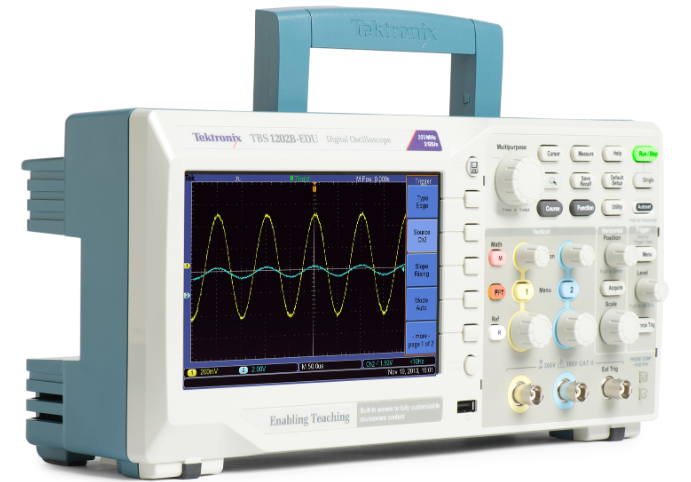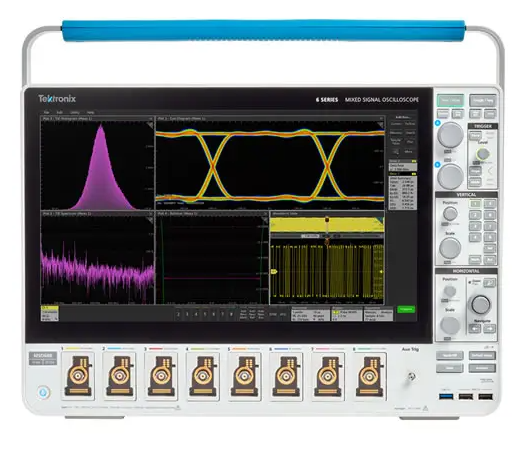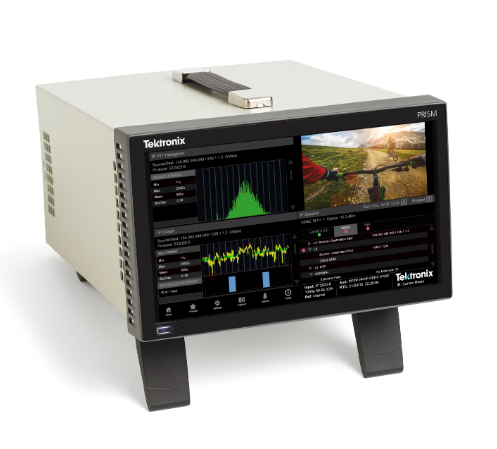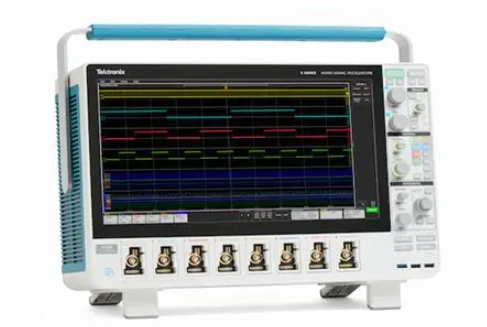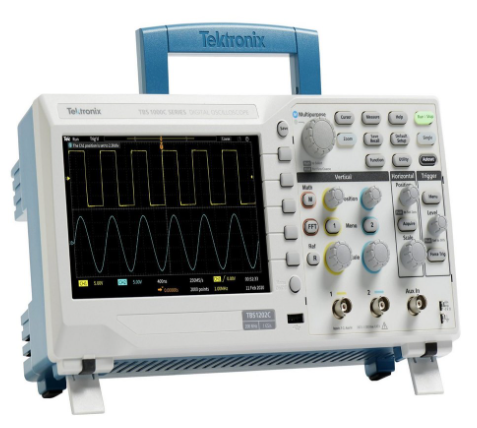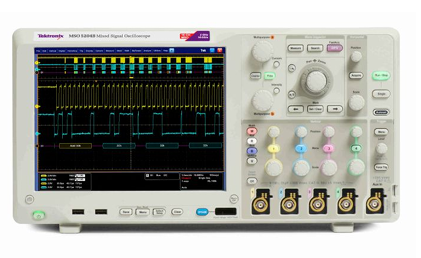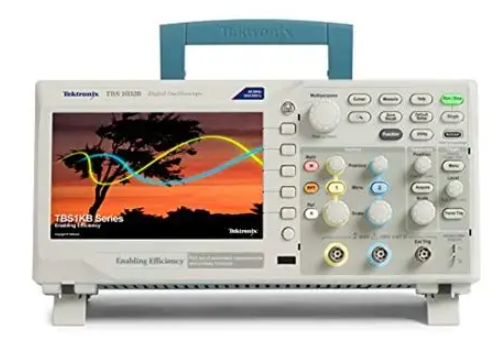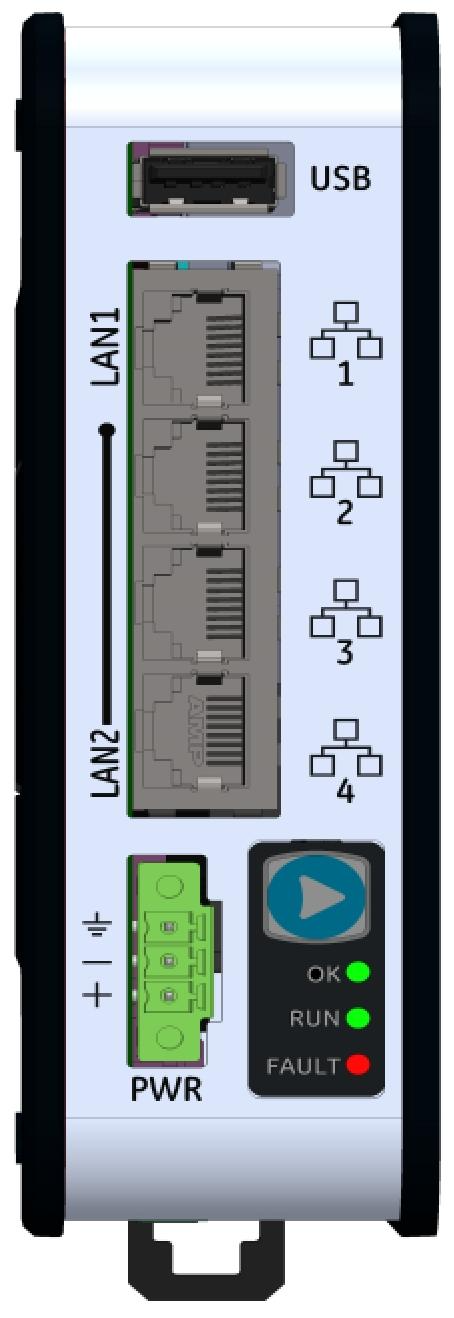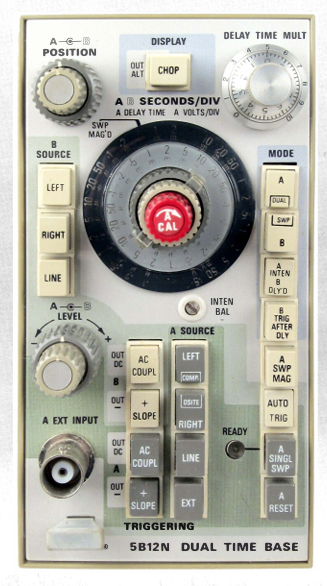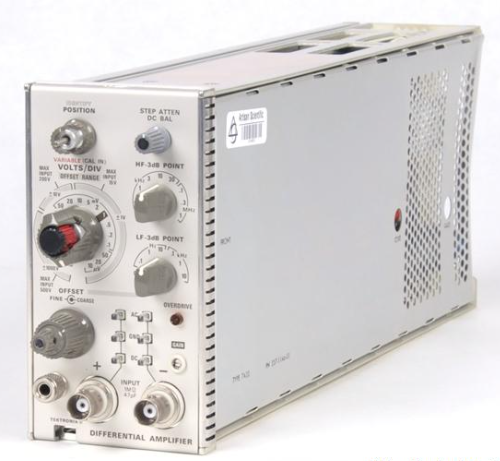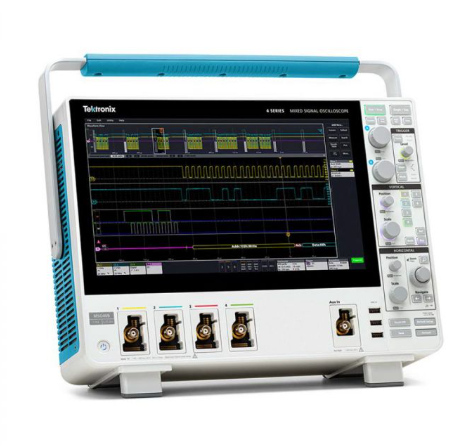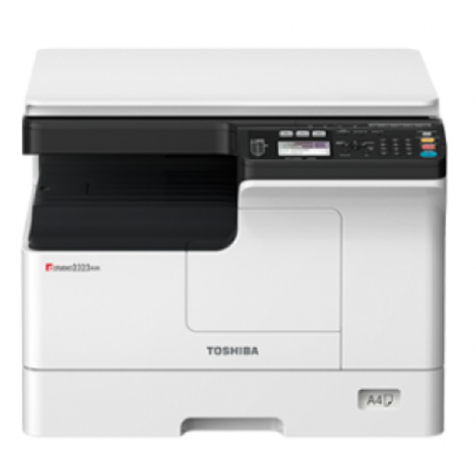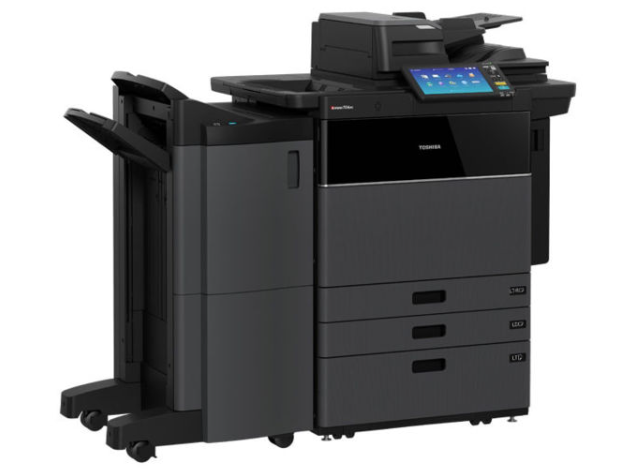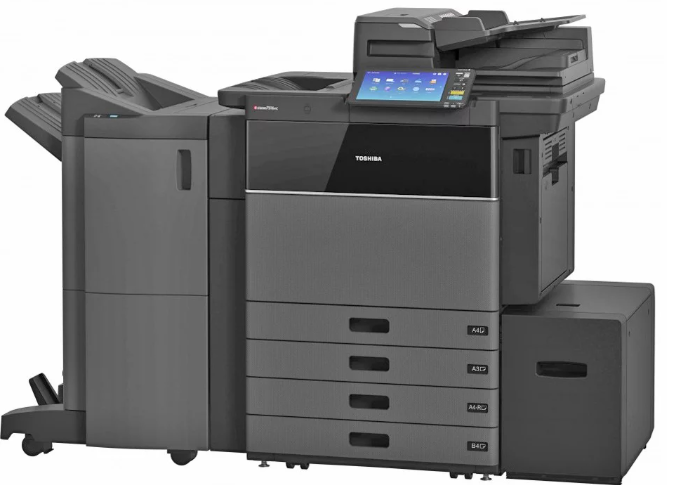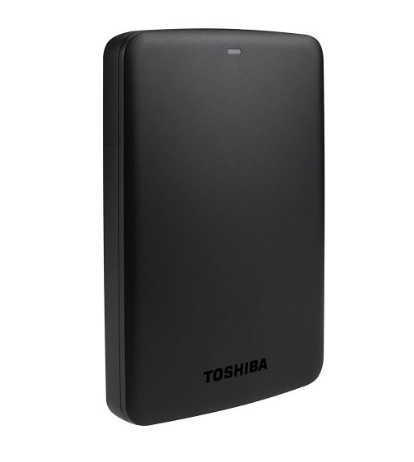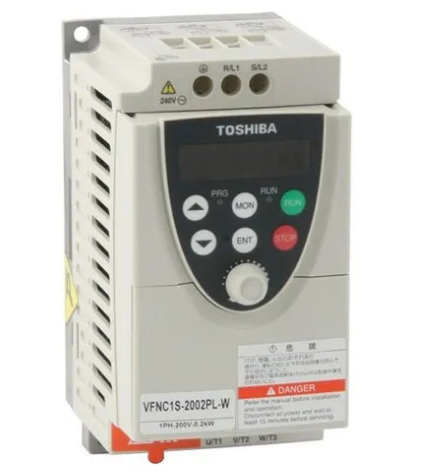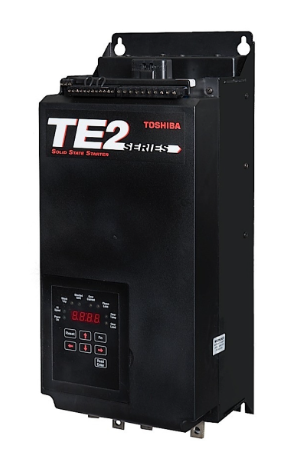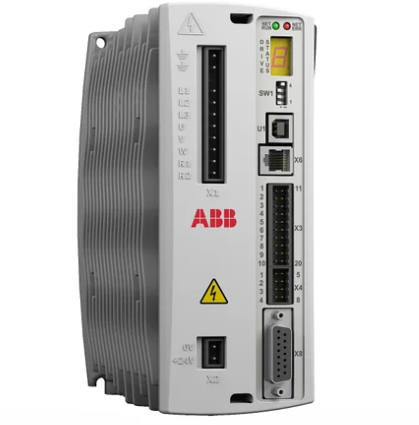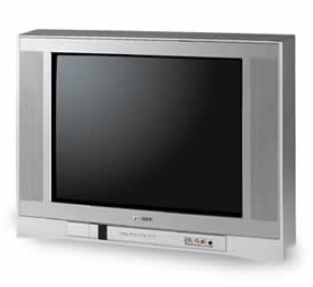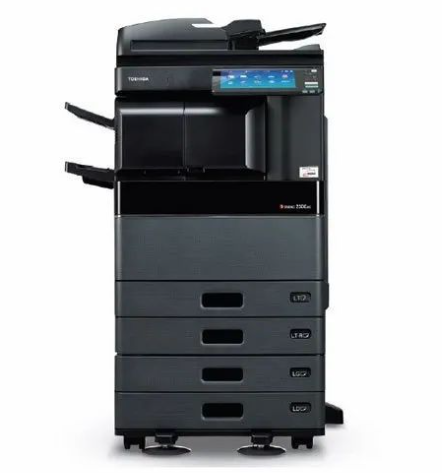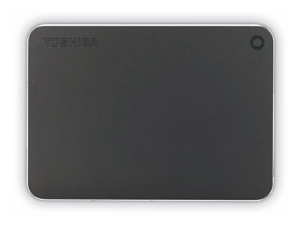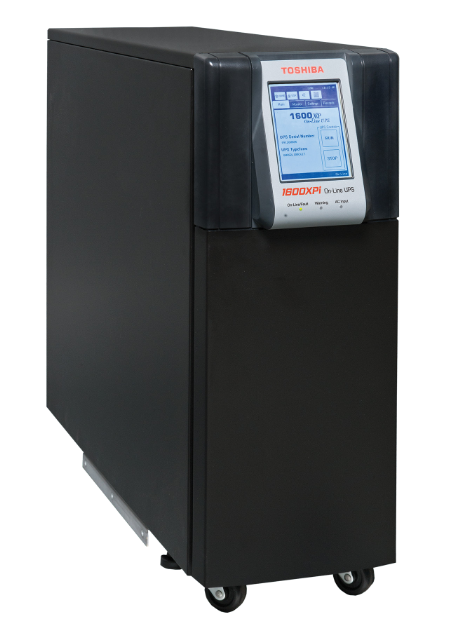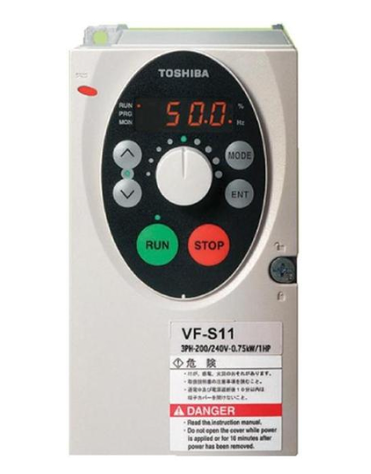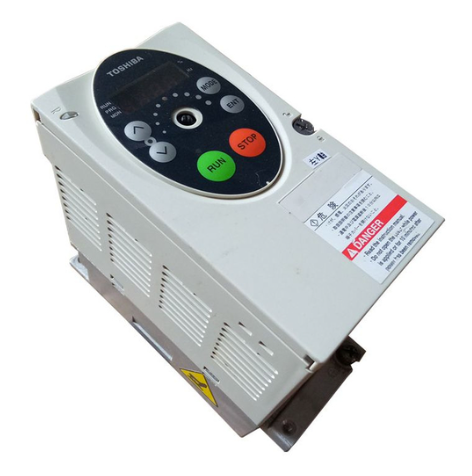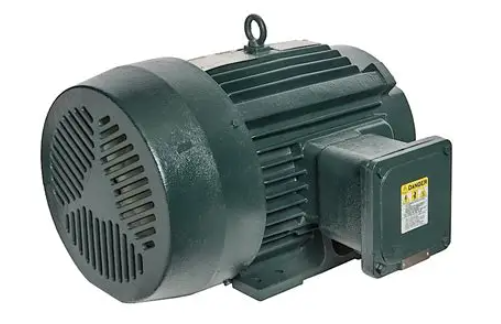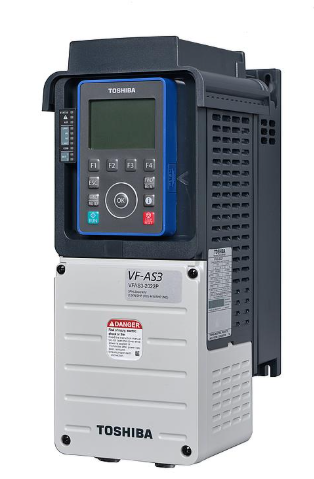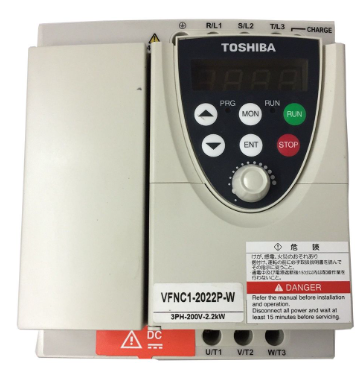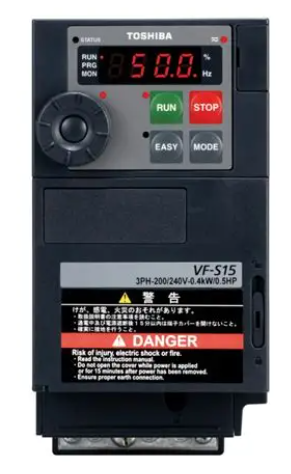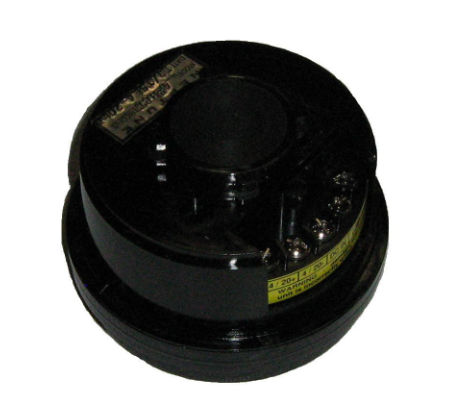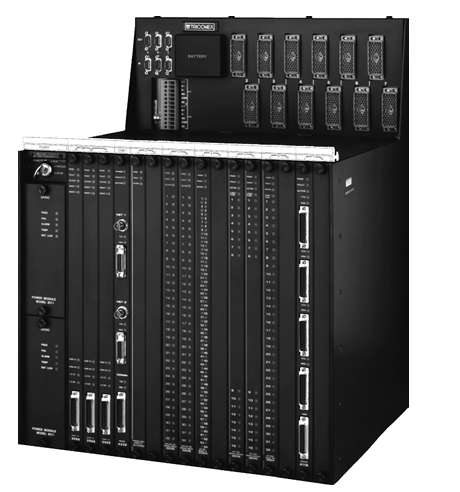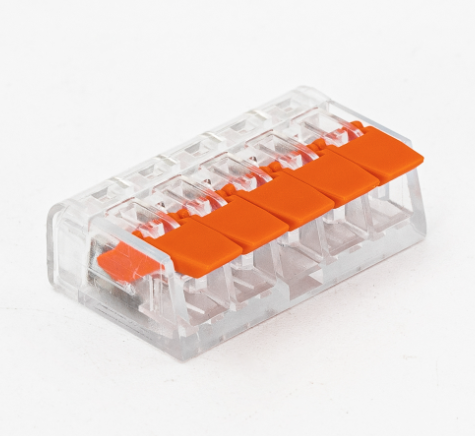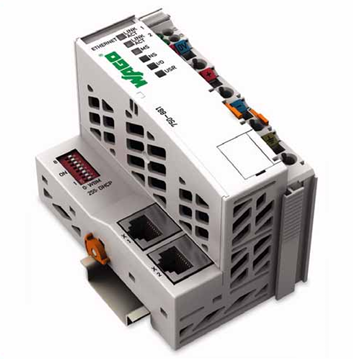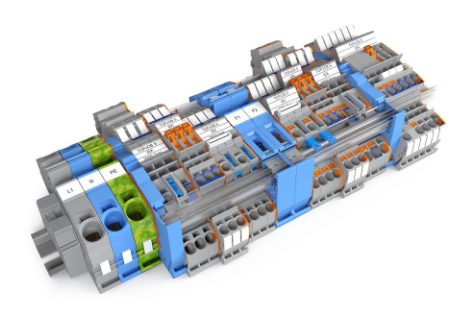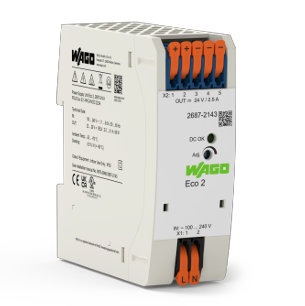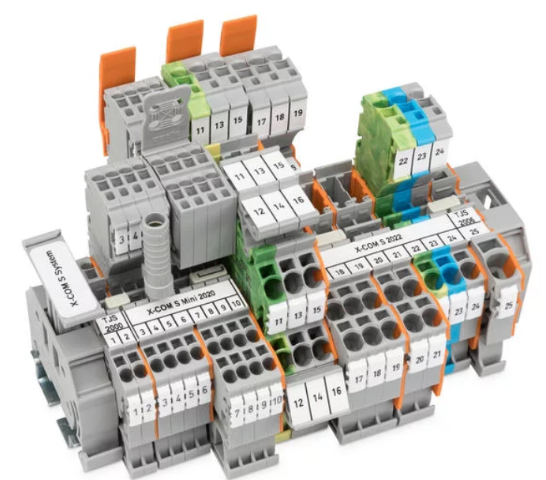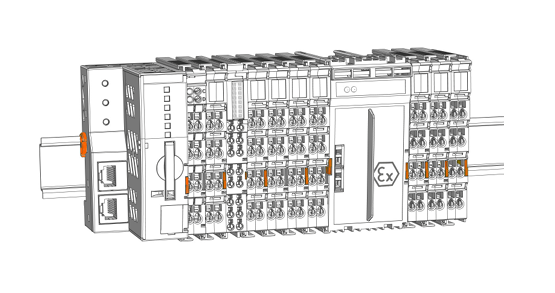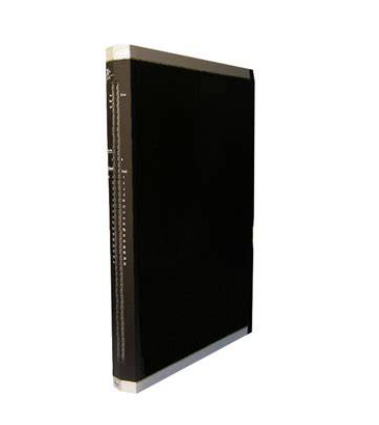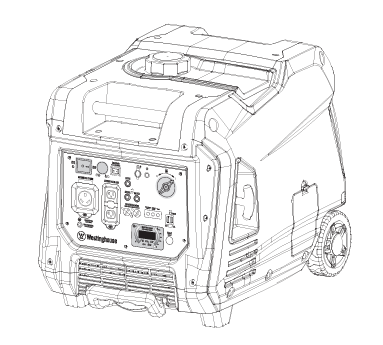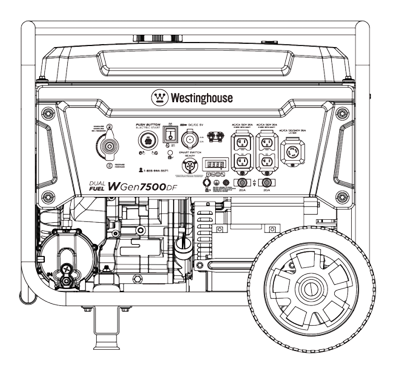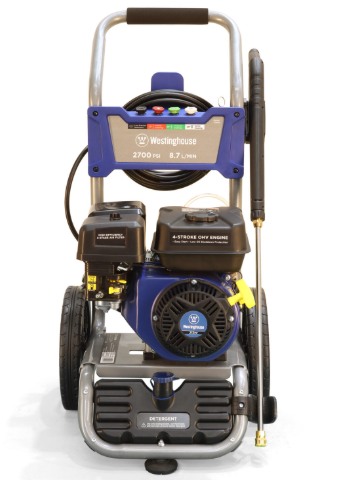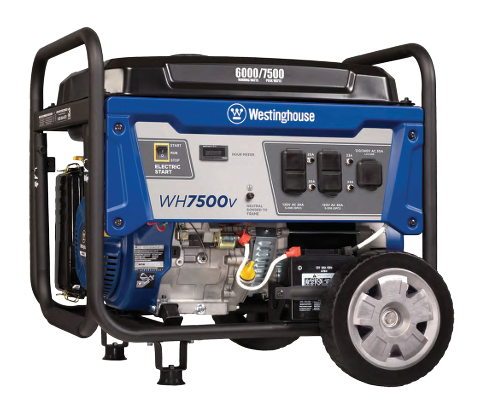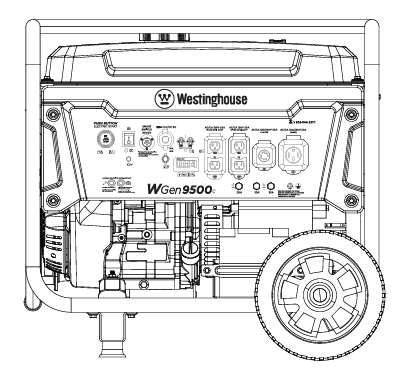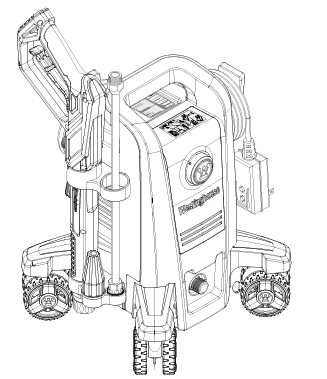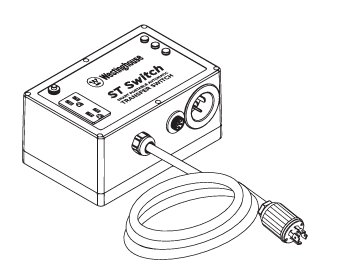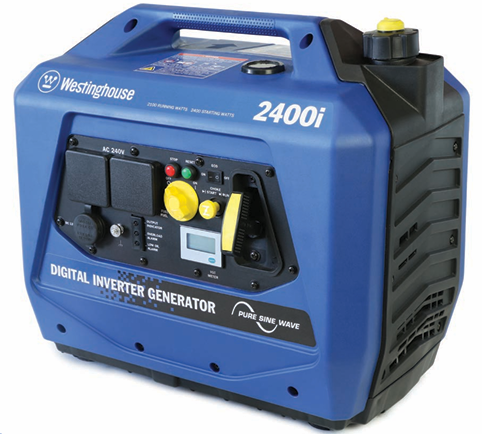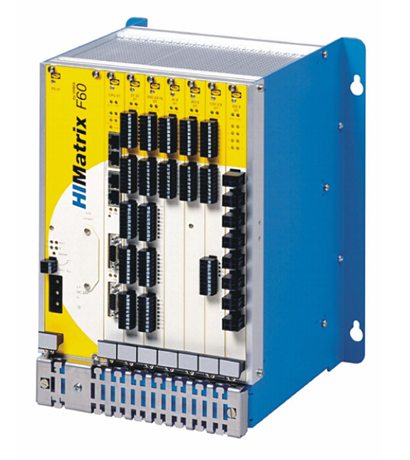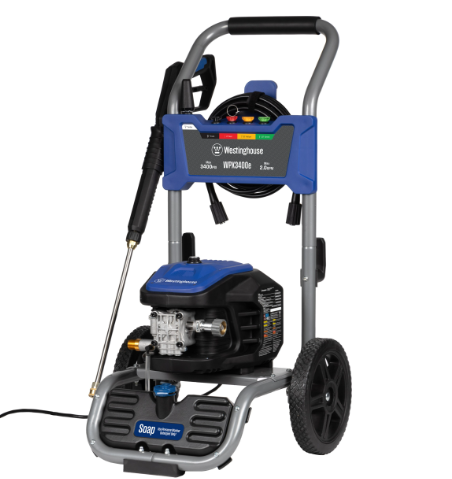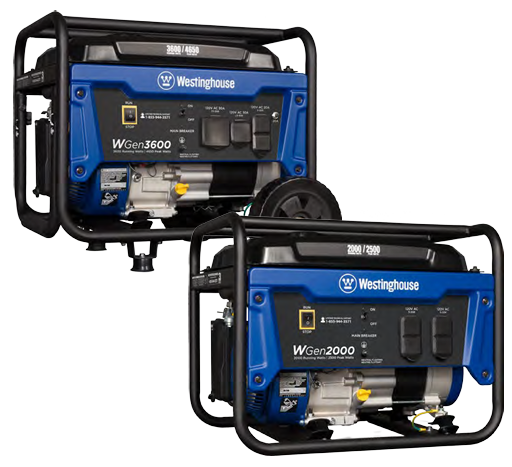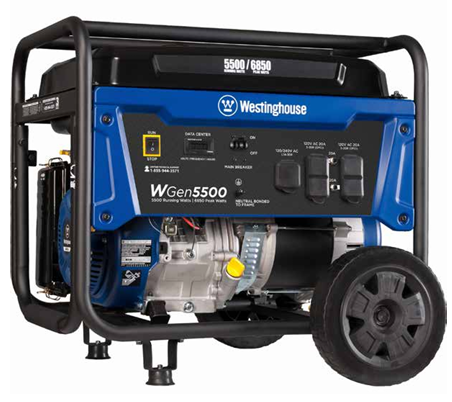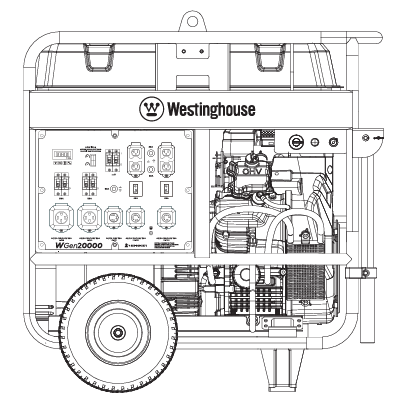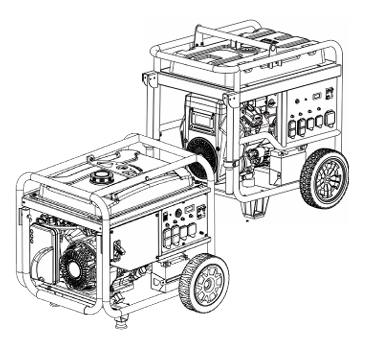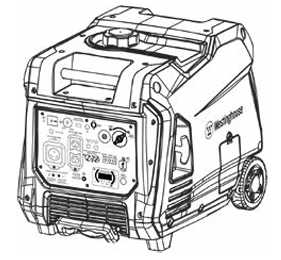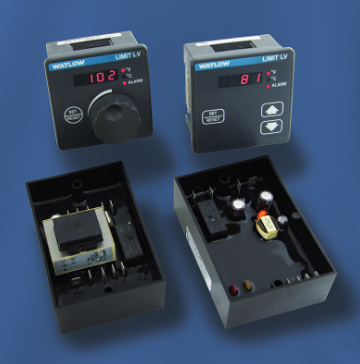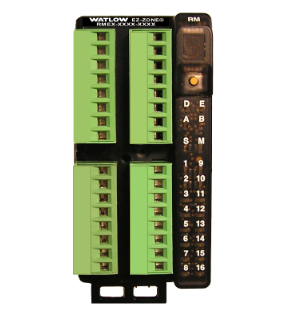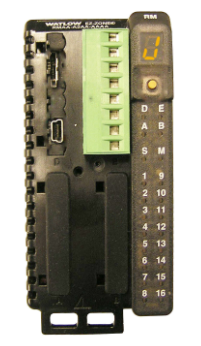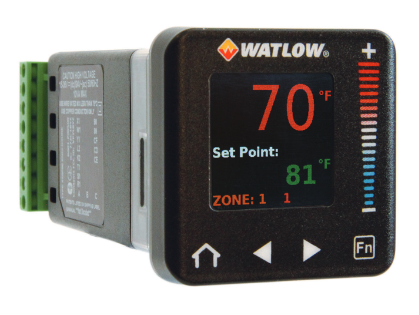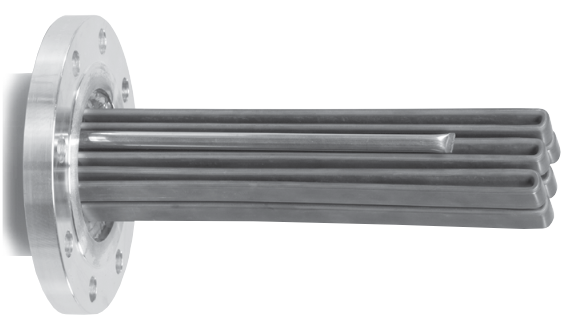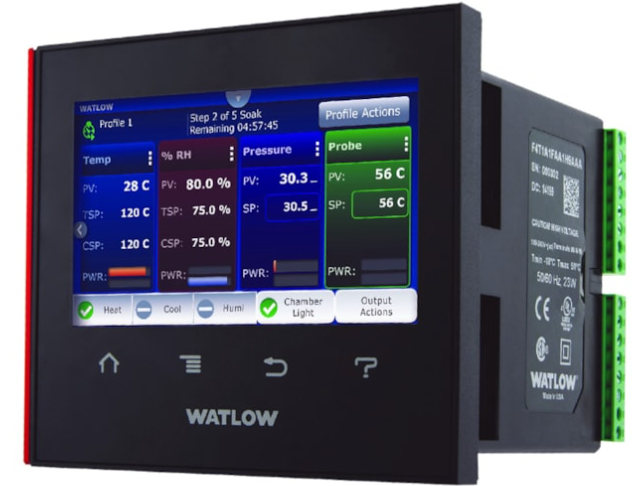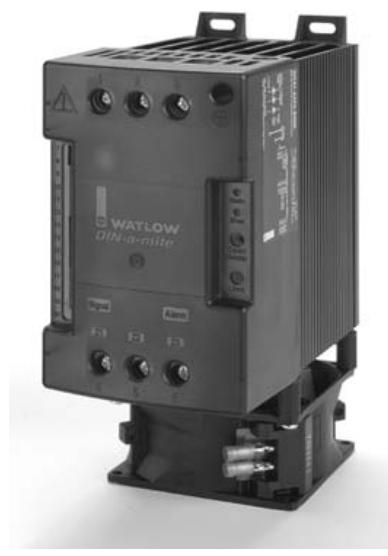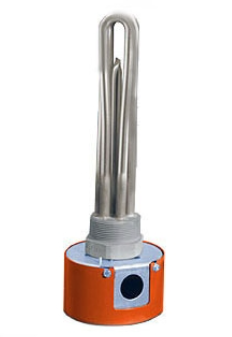

K-WANG


- Telephone:+86-15305925923
- contacts:Mr.Wang
- Email:wang@kongjiangauto.com
Manufacturers
ABB
Model(s)
ABB Advant Controller 31, ABB Advant OCS
Additional Information
16 24VDC Inputs
Estimated Shipping Size
Dimensions: 4.0" x 3.0" x 4.0"
(10.2 cm x 7.6 cm x 10.2 cm)
Weight: 0 lbs 7.1 oz (0.2kg )
Tariff Code: 8538907080
Country of Origin: France
Ships from Webster NY, USA
ABB 1SBP260100R1001 XI16E1 Extension Module - Digital Input
Basic Information
Product Overview:ABB 1SBP260100R1001 XI16E1 is a digital input expansion module. In industrial automation control systems, it is used to expand the number of digital input points to meet the need to connect more digital sensors or other digital input devices.
Physical Characteristics: It is usually in a compact modular design for easy mounting on the rail of a control cabinet. The casing is usually made of sturdy material with good electromagnetic compatibility (EMC), which can effectively prevent external electromagnetic interference from affecting the internal circuitry. The compact size facilitates flexible installation in limited control cabinet space, and the light weight makes it easy to handle and install the operation.
Functional Features
Digital Input Function
Number of input channels: 16 digital input channels that can receive digital signals from external devices. For example, in an automated production line, multiple devices such as limit switches, proximity switches, or pushbuttons can be connected to obtain information on the position of equipment, the presence or absence of materials, or operator commands.
Input Signal Types and Characteristics: Capable of handling a wide range of digital input signals, including but not limited to common industrial control voltage signals such as 24V DC, 110V AC or 220V AC. The input channel usually has a high input impedance to reduce the load effect on the signal source, and may also have a signal filtering function to remove the noise interference in the signal and improve the reliability of the signal. For example, in industrial environments that are susceptible to electromagnetic interference, signal filtering can effectively prevent false triggering.
Communication and Compatibility
Communication interface support: Equipped with suitable communication interfaces, such as RS-485, RS-232 or Ethernet interface, etc., for communicating with the upper controller (e.g. PLC, DCS, etc.). These communication interfaces support a wide range of communication protocols, such as Modbus RTU, Modbus TCP, Profibus - DP or ABB's internal communication protocols, ensuring that the modules can be well integrated and exchange data with different types of control systems.
System compatibility: Designed for compatibility with other ABB automation products and seamless integration into ABB's control system architecture. It can work with ABB's controllers, human-machine interfaces (HMIs) and other devices, and can use the unified tools and environment provided by ABB for easy operation and management during system configuration and programming.
Diagnostic and protection functions
Fault diagnosis function: It has certain fault diagnosis ability, and can monitor its own working status and the status of input channels in real time. For example, if an input channel is short-circuited, open-circuited or has an abnormal signal, the module can indicate the fault situation by flashing status indicators and sending fault codes to the controller, which is convenient for maintenance personnel to quickly locate and solve the problem.
Protection mechanism: In order to protect the internal circuitry of the module and the connected external equipment, some protection mechanisms may be set. For example, the input signal may have over-voltage protection and over-current protection, when the input signal exceeds the rated voltage or current, the module can automatically take protective measures to prevent damage.
Technical Parameters
Electrical Parameters
Operating voltage range: the module itself needs a stable external power supply, the operating voltage is generally 24VDC or 220VAC and other common industrial power supply voltage, and can work normally within a certain voltage fluctuation range (e.g. ±10%).
Input voltage range and current: the voltage range that each input channel can receive depends on its design, such as 24V DC channel input voltage range may be 18 - 30V DC, the input current is usually between a few milliamps to dozens of milliamps, different input voltage levels (such as 110V AC, 220V AC) corresponding to the input current range is also different.
Communication Parameters
Communication interface type: It may include RS-485, RS-232 or Ethernet interface (RJ45), etc. The specific interface type depends on the design of the module and the application scenario. The electrical characteristics of these interfaces comply with the corresponding industrial standards to ensure communication reliability.
Supported communication protocols: Various communication protocols are supported, such as Modbus RTU, Modbus TCP, Profibus - DP or ABB's internal communication protocols, making it possible to communicate and integrate with devices from different manufacturers or different control systems.
| User name | Member Level | Quantity | Specification | Purchase Date |
|---|





